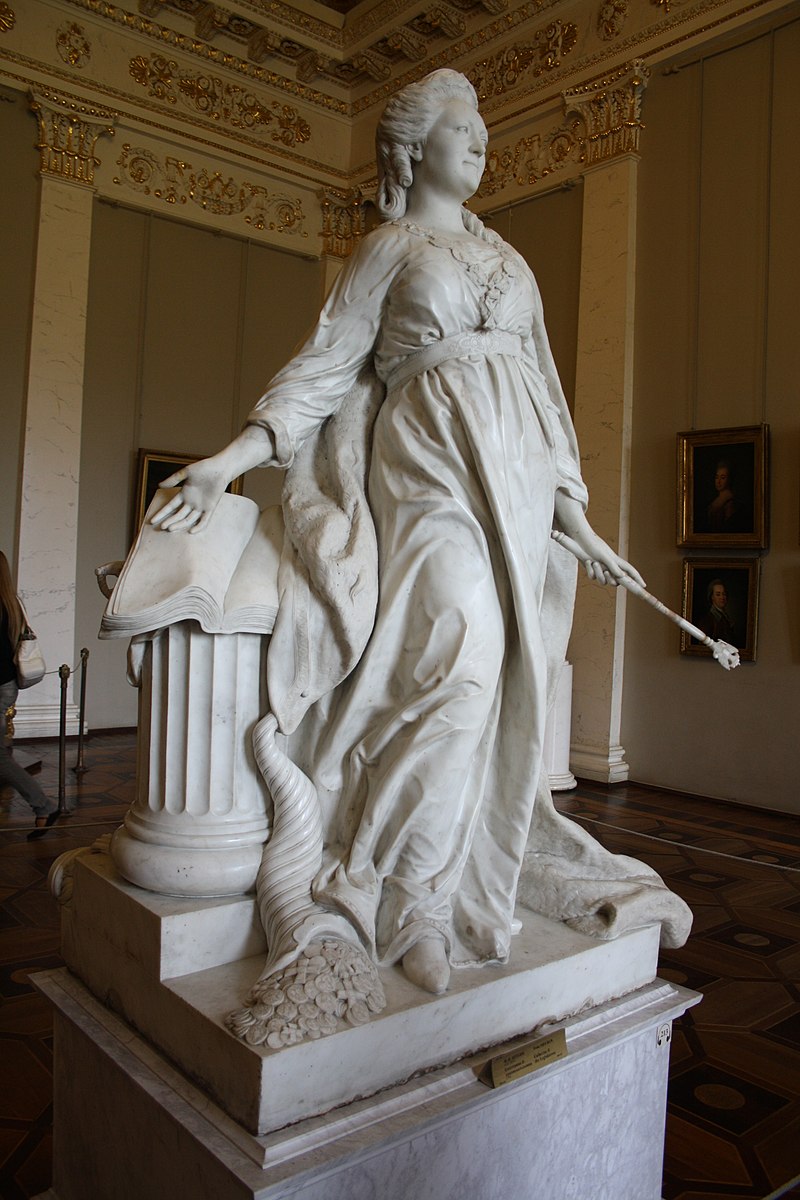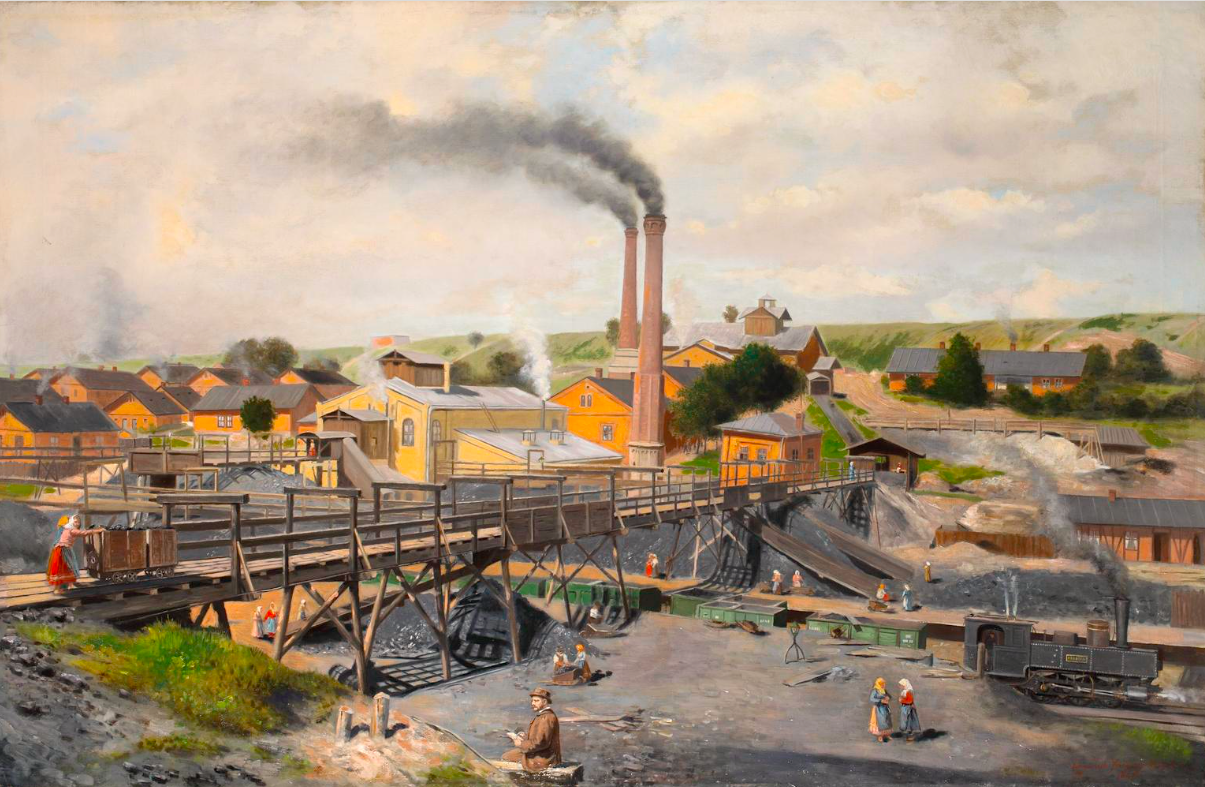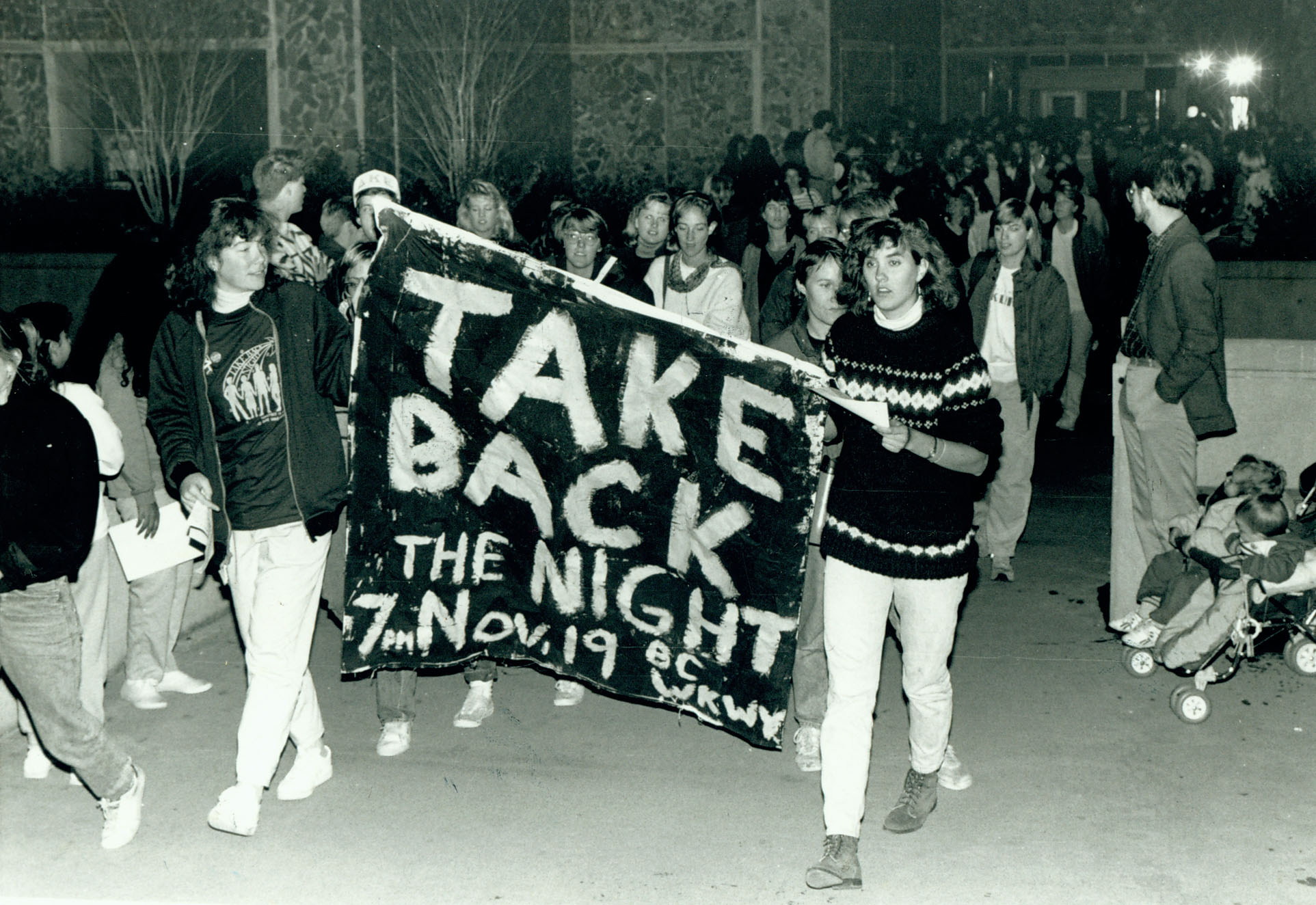Introduction
Modern societies evolved their thinking patterns creative approaches and behavioral interactions through cultural movements. All the social and political structures including economic systems artistic expressions and everyday conduct depend on these movements. These social developments generate new perspectives which fight against established customary practices.
This article examines ten exceptional cultural movements of modern times together with a focus on their beginning point and major figures along with their effects on the world.
1. The Renaissance – The Rebirth of Art and Knowledge
The Italian city of Italy initiated the classical revival of knowledge and art together with philosophy which was called the Renaissance in the fourteenth century. The movement brought emphasis to humanism along with scientific discovery and the potential development of individuals.
- During the artistic revolution, Leonardo da Vinci together with Michelangelo and others produced works that became eternal masterpieces.
- Galileo and Copernicus together with many other thinkers produced scientific breakthroughs that contradicted established knowledge about how the universe functioned.
- For several hundreds of years, writers Shakespeare and Dante advanced literary traditions through their storytelling work.
Modern intellectual development originated from the Renaissance because it sparked innovative advancements throughout the entire field spectrum.
2. The Enlightenment – The Age of Reason
Through the Enlightenment era during the 17th and 18th centuries, people focused on reason along with science and democracy though it brought opposition to religious doctrines and absolute monarchical power.

- Philosophers John Locke and Jean-Jacques Rousseau brought forth democracy alongside human rights concepts during their time.
- The development of scientific knowledge witnessed the work of Isaac Newton who formulated laws of motion as well as the critical opinions of Voltaire that challenged established ways.
- The movement triggered multiple revolutionary movements across the world that resulted in the American and French Revolutions.
The age brought about fundamental changes that led people toward an existence built on knowledge and freedom and grounded in reason.
3. The Industrial Revolution – A Cultural and Technological Shift
The Industrial Revolution ran from the start of the 18th century until the 19th century when agrarian countries evolved into industrial nations.

- The migration of people to factory work resulted in growing cities during urbanization.
- Capitalism together with new social classes became established in this period.
- Emancipated societies valued education together with labor rights more than before.
Through this movement, humans gained a new approach to living and working which established today’s modern industry sanctions.
4. The Romantic Movement – Emotion Over Reason
The Romanticism movement appeared as an emotional response against Enlightenment ideals which featured both nature and personal life experiences during its period from the late 18th to early 19th century.

- William Wordsworth and Lord Byron together with other writers depicted nature scenes alongside romantic human feelings in their poetry.
- Music and Art flourished at the hands of Beethoven as well as Francisco Goya who both defied classical artistic conventions.
- As part of their philosophical approach, they chose to embrace personal freedom against industrial reality.
Romanticism established ·its influence upon all three art genres during multiple successive generations.
5. The Harlem Renaissance – A Celebration of Black Culture
Harlem stood as the core of the Harlem Renaissance cultural movement that emerged throughout the African American community during the 1920s.

- Through their writings, Hughes and Hurston illustrated Black heritage and racial hardships.
- Jazz music became prominent because of performers such as Louis Armstrong and Duke Ellington who emerged during this time.
- The movement established the principles which later dedicated to civil rights activism during the Civil Rights Movement.
The Black cultural movement forever altered American music and literature while it received universal acclaim.
6. The Beat Generation – Counterculture and Rebellion
The Beat Generation served as a counterculture of the 1940s through 1950s that rejected traditional cultural standards.

- Through their writing,g Jack Kerouac and Allen Ginsberg joined other writers to eliminate conventional storytelling practices.
- The countercultural movement fought against materialistic values to promote both intellectual thinking and freedom of expression.
- Later countercultural developments obtained their origins from the Beats’ social movement which spawned the hippie and 1960s countercultural movements.
The Beat Generation challenged government authorities through its transformative actions that reshaped writing styles and life orientation.
7. The Civil Rights Movement – Fighting for Equality
The Civil Rights Movement which operated between the 1950s–60s functioned as a campaign to defend racial equality and justice across the United States.
- Martin Luther King Jr. Rosa Parks and Malcolm X became the main figures who advanced the movement.
- Landmark Events: The Montgomery Bus Boycott, March on Washington, and Civil Rights Act of 1964.
- History was transformed by the inspiring force that gave birth to worldwide human rights movements.
The movement permanently transformed how different racial groups treated each other within the United States.
8. The Feminist Movement – Women’s Liberation
The feminist movement emerged in successive waves which sought solutions for various women’s rights problems.

- During the first Wave which lasted from the nineteenth to early twentieth centuries, women activist groups concentrated on gaining the right to vote (suffrage).
- During the Second Wave of activism between the 1960s to 1980s feminism emphasized workplace equity together with reproductive choice.
- The current feminist movement has concentrated on gender diversity together with intersectionality since the 1990s until now.
Social views on gender equality experience permanent transformation through an active movement that continues today.
9. The Counterculture Movement – The 1960s Revolution
People in the 1960s fought traditional beliefs through music movements and active protests and actions that brought collective freedom.
- Social activists of the Hippie Movement pushed for peace while advocating for love combined with alternative life choices.
- Anti-War Protests: Opposed the Vietnam War and government policies.
- The Beatles together with Bob Dylan achieved status as cultural leaders through their musical influences.
This movement transformed how people acquired music and how they expressed themselves as well as changing multiple facets of the cultural scene.
10. The Digital Revolution – The Internet Age
Through the Digital Revolution starting from the late 20th century until now human communication evolved together with information accessibility.

- The internet age shifted information dispersal methods due to the creation of platforms such as Google and Facebook alongside Twitter.
- Remote work and online learning became regular practices in both educational establishments and workplace environments.
- Cultural Impact: Influenced art, activism, and global connectivity.
The modern evolution of technology exceeds what past revolutionary movements could have predicted in their cultural impact.
Conclusion
The evolution of culture through social movements leads to new definitions of generations while reshaping established societal systems and developing human advancement. Throughout history, ten major movements including the Renaissance and Digital Revolution shaped both present society and the upcoming years of change.
Top 10 Lists of the people, things, places, most expensive, animals, most popular, luxury and high rankings of world. World's Top Insider focuses on the top ten lists of best, greatest and top rankings in the world.


